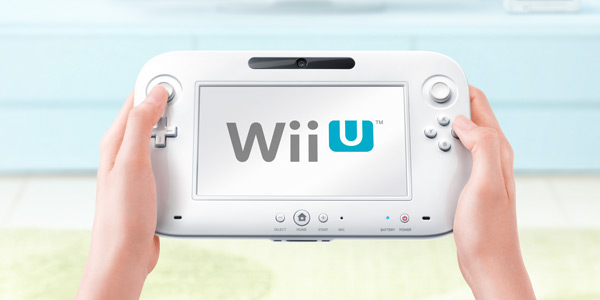This post has not been edited by the GamesBeat staff. Opinions by GamesBeat community writers do not necessarily reflect those of the staff.

Nintendo’s newest home game station, the Wii U, is a unique console experience, but it’s not one that’s necessarily better than other systems on the market.
Wii U is an upgrade of Nintendo’s previous console, the Wii, which the company released in 2006. It’s an entirely new box to hook to your television and definitely a step up from its predecessor, given the fact it’s an HD console with its own built in social network and Internet browser, has a community for online gaming, streams Netflix, Hulu Plus, Amazon Instant Video and YouTube, can sync with and control your TV, cable or satellite box, supports video chat with other Wii U owners and has access to its own eShop where you can download smaller games, as well as digital versions of some full-release titles on store shelves. The console is also backwards compatible with all Wii software and controllers, and you’ll be using those controllers for a lot of Wii U games.
The star of this setup, however, is what Nintendo has dubbed the “Wii U GamePad.” It has all the buttons, triggers and thumbsticks you’d expect from your typical game controller, except the entire unit has been blown up to accommodate a roughly 6-inch resistive touch screen. You get one GamePad with each console.
The pad’s screen allows players to engage in what Nintendo calls “asymmetrical gameplay,” which is just stellar techno-corporate babble. What it really means is this: Whereas other gaming consoles – the Xbox 360 and PlayStation 3 – focus a lot of attention on how people play games with others online, the Wii U focuses on how you interact during gaming sessions with people sitting right beside you. If you’re the lucky dog holding the GamePad, you’re going to have a unique role to play or a unique perspective on the action through the screen. If you’re playing alone, the GamePad will often serve as a screen for supplemental information – an inventory screen, a map, etc. – but some games require you to physically move or utilize a function of the pad to accomplish a goal.
One feature of the GamePad that is particularly friendly to dwellings occupied by more than one person is the ability to play some Wii U games right on the screen itself. This frees up the television for other purposes, and, well, I probably don’t have to explain how it could help settle some typical Wednesday night living room arguments. Granted, this feature isn’t available on all of the games, particularly the ones that rely heavily on the GamePad for a play mechanic. This also doesn’t mean the GamePad suddenly becomes a portable device, as the game stream relies on a fairly close proximity to the console. Your mileage will vary depending on the build and layout of your house or apartment.
Finally, Wii U’s GamePad has a fairly decent camera built into the front of the device, which is primarily meant for video chatting with other Wii U owners. In addition it also contains built-in – but so far dormant – NFC (Near Field Communication) technology. That’s the same type of tech that allows you to wave a credit card in front of a reader on a store shelve and pay for something, but we’re all waiting to how Nintendo will use it, as the tech has other functionality as well. The pad, by the way, is powered by an internal (but replaceable) lithium-ion battery that lasts about 4 hours before needing a recharge.
As for the Wii U’s performance, well, it plays games that look and feel on par with what you’d find on a Xbox 360 or PlayStation 3, but the latter two consoles achieved that benchmark more than half a decade ago at this point. Based on the fact it was built with newer components, the Wii U theoretically should have a little more kick under the hood, but none of the games for it currently on the market seem to be utilizing whatever extra power may exist. That’s why I said at the very beginning Wii U, by virtue of its GamePad, is a unique console experience but not noticeably better than what’s been on store shelves for years now, not yet anyway. While Nintendo is finally launching a console graphically on par with its competition, it’s doing so as Sony and Microsoft are planning to transition to its next generation systems, which are likely going to be noticeably more powerful beasts.
